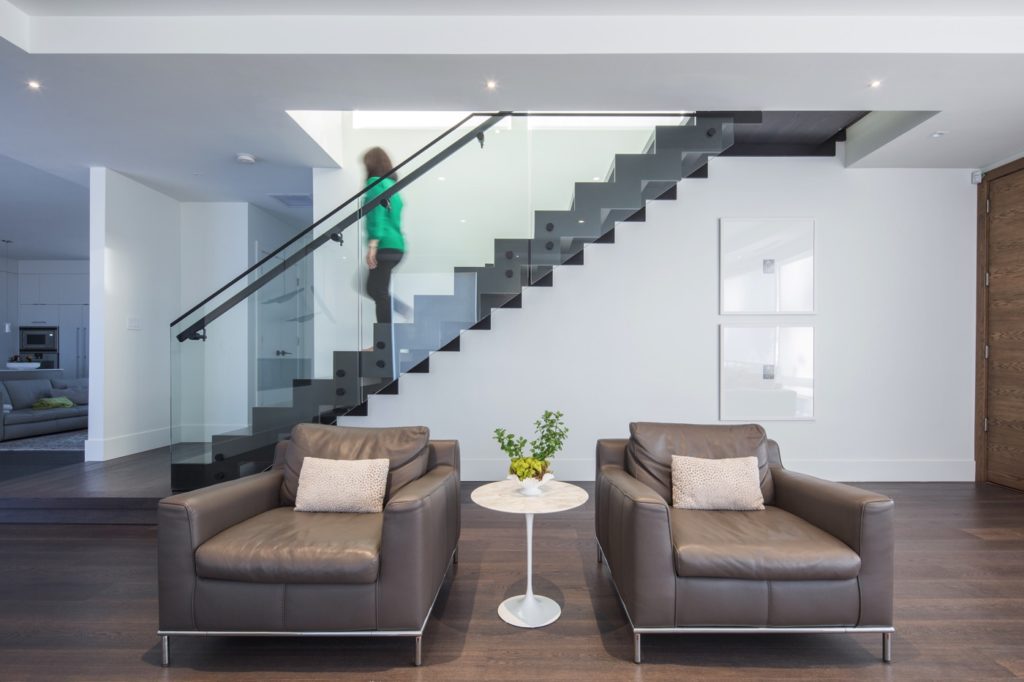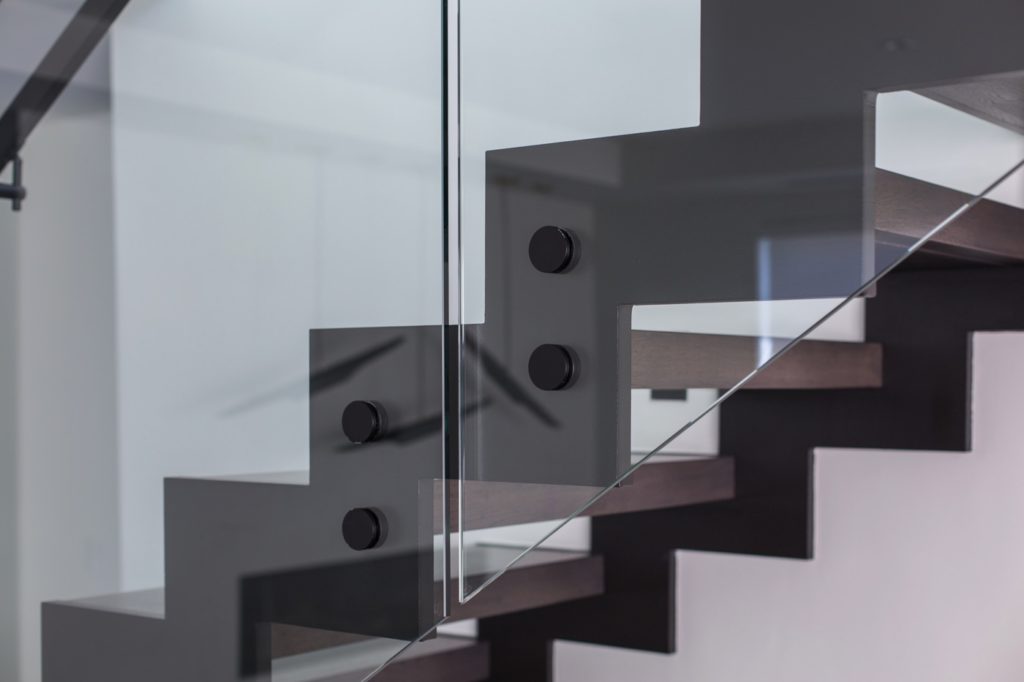Have you ever wanted to enjoy the residential spaces simultaneously? This is possible in houses or apartments that have two or more integrated rooms. The concept can involve living and dining rooms, balconies and even kitchens.
In these cases, some areas of the house are not delimited by traditional structures, such as masonry walls, wood or concrete. The objective is to maintain the continuity of spaces, without the presence of large vertical barriers. But is it worth choosing this style of project? Read the post and draw your conclusions!
What Are the Advantages of Integrated Spaces?
Nobody wants to adhere to a solution just because it is new in the market. In this case, integrated rooms are not that new, but when we talk about architecture and projects, you have to think that the chosen solution needs to last a few good years, right? After all, no one likes to renovate properties every year. However, the integration of spaces has so many benefits that it has attracted the attention of many people. Check out the main ones now:
* feeling of spaciousness — the absence of some walls favors small houses and apartments because it visually enlarges the spaces, giving the impression that they are bigger;
* space optimization — with fewer partitions passing between rooms, it is possible to make better use of each centimeter of the residence;
* increase in the social area — integration encourages contact between residents and their visitors, as it allows people to talk even when they are in different areas;
* personalization — open floor plans bring more freedom to furnish and decorate the rooms, according to the owners’ taste and preference.
Integration is therefore a positive trend for many families. It can even help those who opt for more compact properties and want to improve their internal occupancy.
How to Value Integrated Environments?
Open floor plans can get even better with a few composition tricks. The advantage is that many proposals are simple to apply, either with the change of colors or with the strategic arrangement of the furniture.
* Place items on partitions
Even if you have integrated rooms, you may want to limit the activities performed in each one. Fortunately, it is possible to separate these areas without putting up walls. Just add some bulky element on the line where the rooms join. If it’s a living room and dining room, for example, you can include a sideboard or a planter between the areas. As they are pieces with little height, they will delimit spaces without creating barriers.

* Plenty of light
Even better if the walls and other finishes are light colored. After all, they are shades that reflect well the natural or artificial light that reaches the surfaces. So, when using integrated areas, keep the windows open and activate different lights.

* Contrasts
Another cool idea to delimit integrated areas is to create contrasts between spaces. It can be a specific texture for each environment, a predominant color and even different materials. Thus, each location will have its use demarcated by exclusive characteristics, which clash with the other venue.

Vancouver Architecture Firm
Did you like the trend and also intend to invest in a property with integrated spaces? Or even make a renovation in your house? If the answer was yes, please talk to us – m+ Design specializes in architecture and design projects and can help you find the best solutions for your property and your family.